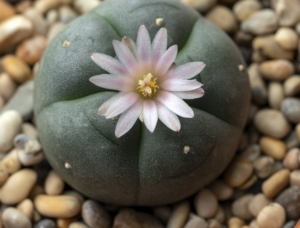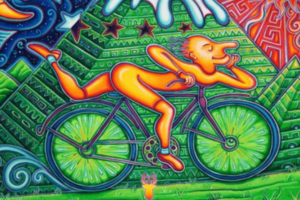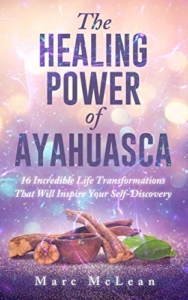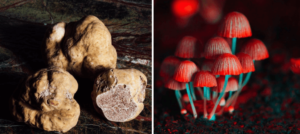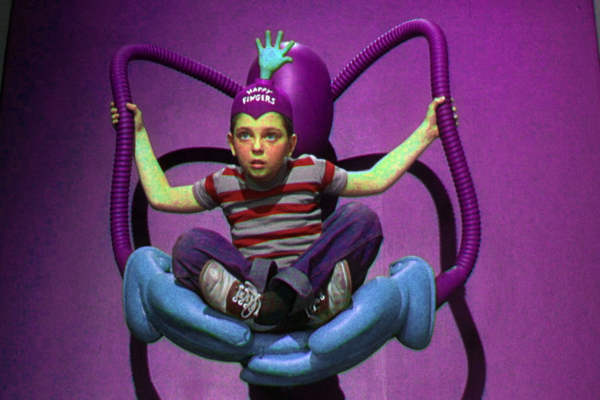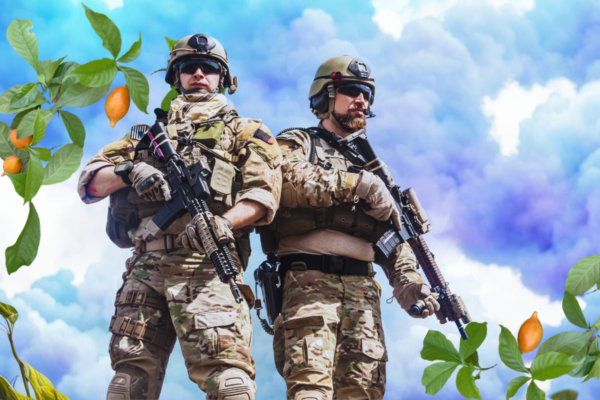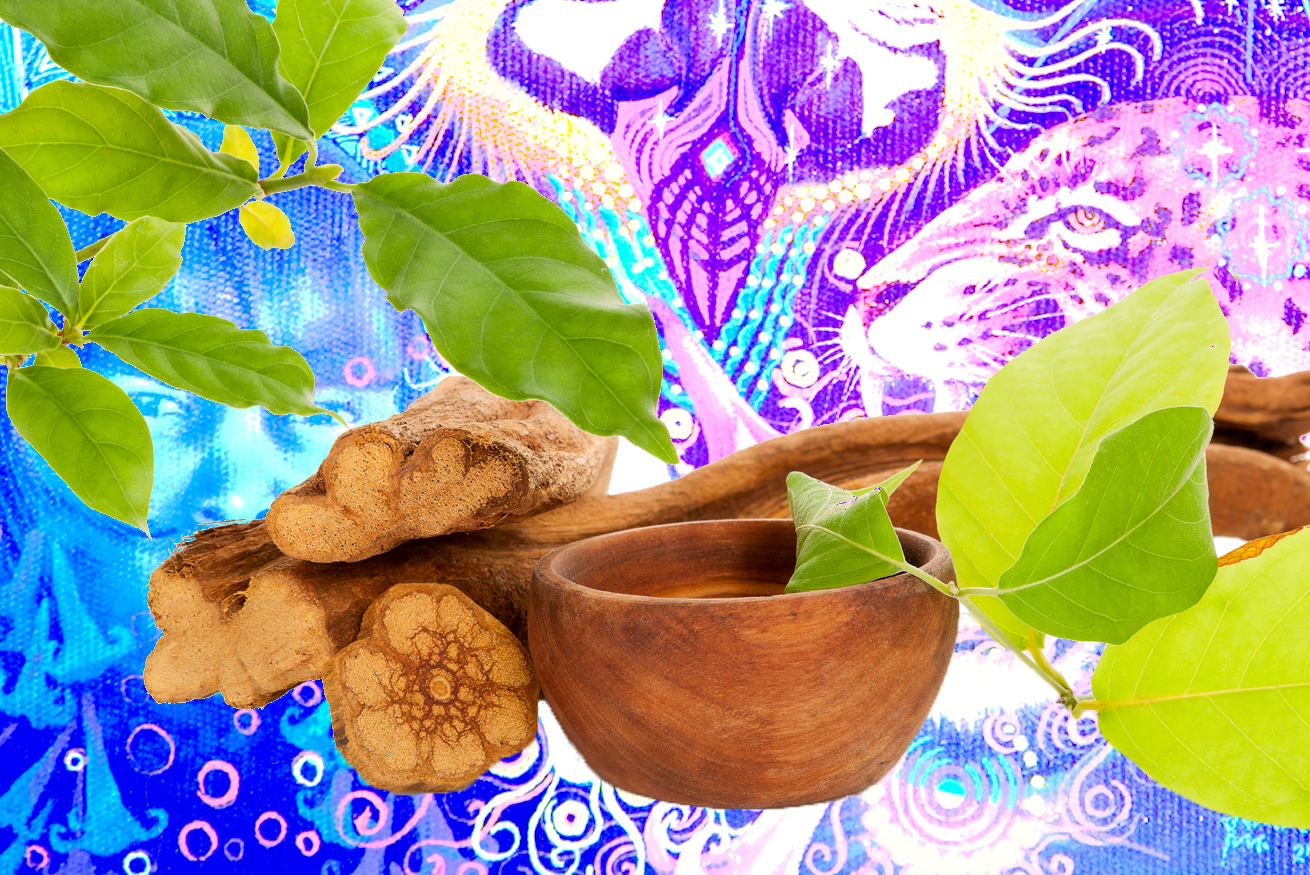
Ayahuasca experiences often transcend articulation as we fumble for words that capture the ineffable. Ayahuasca art is one way to capture these experiences in beautiful ripples of connection, often mirroring the experiences of others. Making art doesn’t only validate the visionary experiences ayahuasca brings, it can also help us integrate them.
The work of indigenous ayahuasca artists reminds us that there is deep spiritual meaning in the visual images we bring back from our trips. While most of us are not artists, at least not in a formal sense, we can still view artists’ renderings and recognize familiar landscapes, motifs, repeating imagery, colors, and textures that transcend language. When words aren’t enough, visionary art lends itself as the conduit.
Origins of Ayahuasca Art
The foundations of ayahuasca art lie in the brew’s sacred significance and ability to reveal deeper states of consciousness. The ayahuasqueros or curanderos (plant healers) that impart their wisdom to a steadily growing number of western tourists (and celebrities) come from a lineage where plant medicine is intertwined with their communities, informing both cultural and creative pursuits.
But, who were the originals?
Research suggests that the Tukanoan people were the first to prepare and use ayahuasca. Sitting serenely along the edges of the Putumayo River in southern Colombia, Tukanoan shamans took the symbols they were presented during ayahuasca visions and communicated them to community members through etchings in the sand or markings on building walls.
In the 1960s and ’70s, anthropologist Gerardo Reichel-Dolmatoff extensively illustrated just how central ayahuasca was to Tukanoan culture. Ayahuasca informed everything for the tribe, underpinning Tukanoan understandings of how the world came to be, how ailments are obtained and how they are cured, and what the pillars are for living a happy and complete life. In relation to this wide cultural influence, the anthropologist wrote several books about Tukanoan ayahuasca art and shamanism.
The Tukanoan people used ayahuasca in every aspect of their community, for spiritual, educational, and healing purposes. Motifs of the sun, moon, and milky way are present in their ayahuasca symbols — and these often still appear as central imagery throughout ayahuasca art at large.
Contemporary visionary artists draw from the Tukanoan lineage. Presenting the unseen and making meaning out of the mystical, they paint dreams, fears, and seemingly impenetrable visions into physical forms.
If you’re new to ayahuasca art, here are five prodigious artists to act as your gateway.
Ayahuasca Artists to Know
Pablo Amaringo
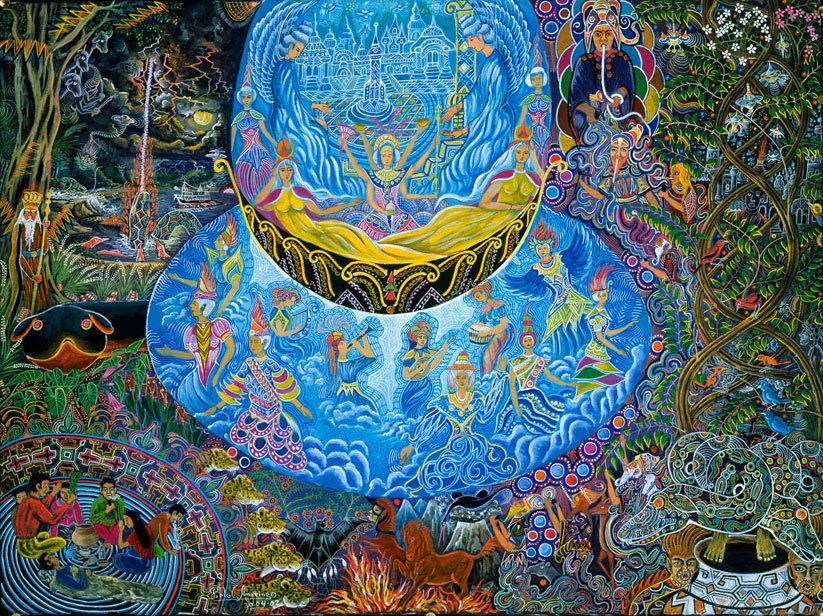
Intricate, arresting, and imbued with the supernatural, Pablo Amaringo’s visionary art is irrefutably the blueprint of contemporary ayahuasca art. Amaringo was a master communicator of both the mythic and the material. Entirely self-taught, his work depicts visions he received during his tenure as an ayahuasquero (plant healer). They capture spirits, sub-aquatic cities, celestial realms, sorcerers in battle with shamans, Amazonian landscapes, and more, all inspired by the ayahuasca experience.
In 1988, Pablo founded the Usko Ayar Amazonian School of Art in Pucallpa, dedicated to depicting and preserving indigenous knowledge of the Amazonian traditions. Works produced by the school have been credited with creating what we now call ‘New Amazonian Art.’
Luis Tamani
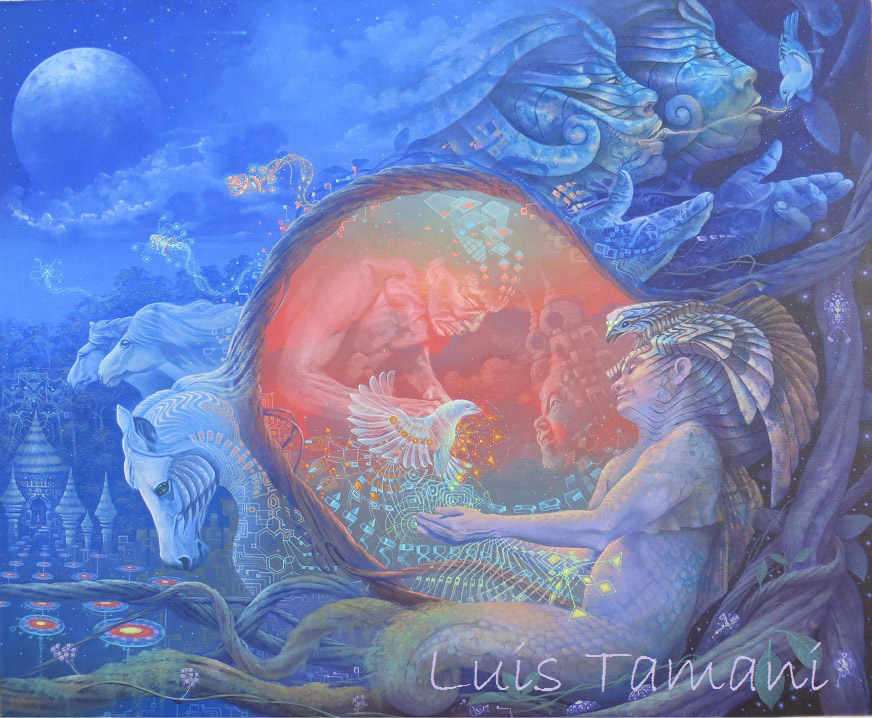
While Pablo Amaringo is the originator of the Neo-Amazónica style of ayahuasca art, Luis Tamani can be regarded as one of the creators of, as he refers to it, the “Conscious Art” of the 21st century. His style deviates from the folkloric inspirations of self-taught Amaringo, as Tamani is formally educated and was an abstract artist before ever experiencing sacred plants. Born in 1983 on the banks of the Ucayali River in Pucallpa, Tamani’s imagination was informed by lush landscapes of winding rivers, trees, lianas, animals, and birds, all against the verdant backdrop of the Peruvian rainforest.
Explore his gallery and support his work here.
Li Lian Kolster
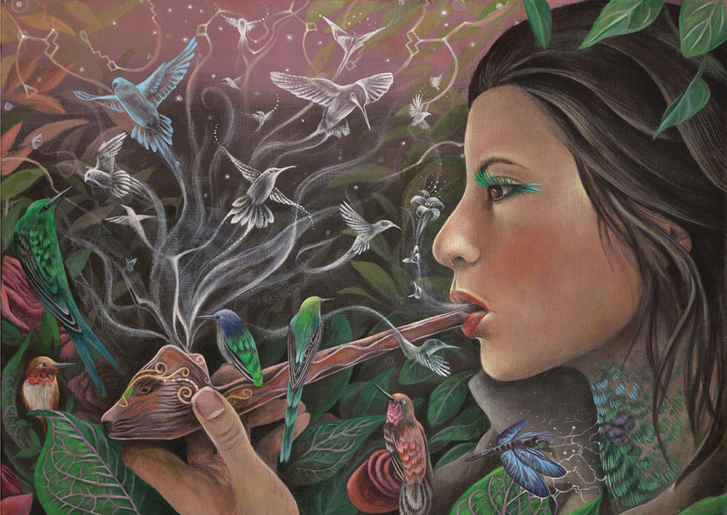
As we become more and more globalized, and knowledge from indigenous cultures and access to ayahuasca proliferate, we are graced with more ayahuasca artists. One of those examples is Li Lian Kolster.
A student of Tamani, the previously self-taught Li Lian Kolser left her native England for the Amazon in 2013 to study plant medicine. As a result, her work is deeply ayahuascarian, blending birds, plants, and biography. Through her training under Tamani, she strikes a balance between technical precision and flashes of the divine.
Today, Kolset travels extensively and exhibits her work internationally. In 2017 she became an instructor at the Vienna Academy of Visionary Art to share the traditions of ayahuasca art all over Europe. Annually, she makes a pilgrimage back to Peru to paint and further open her world through traditional plant medicine.
Purchase prints of her paintings here
Mariela de la Paz
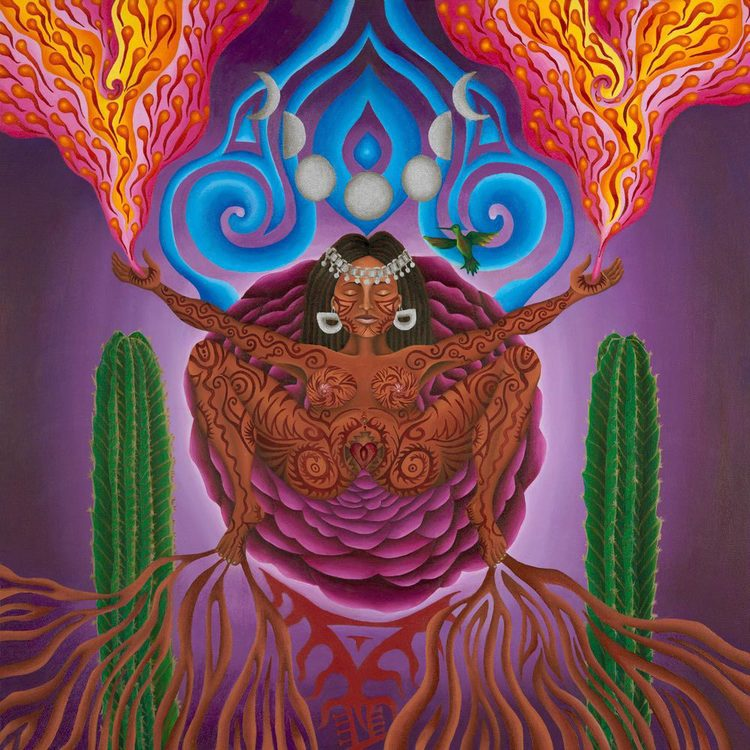
A Chilean-born mestiza, artist Mariela de la Paz invokes the natural world, Latin America, and the landscapes of our emotional lives into an art form that is entirely her own. Drawing inspiration from indigenous plant medicine, Mariela’s paintings showcase all the otherworldly wonders we can see, feel, and touch in this earth-bound world with the help of an entheogenic nudge. She identifies with the visionary art form of “darshan” because those who have the pleasure of contemplating the paintings receive a blessing.
Her paintings are conceived in technical skill, polished with grace, and delivered with a divinely feminine flourish. Or, as she articulates it herself on her website, she produces art that’s “tribal, earthly, and honors[s] the female principles of ancient matriarchal traditions.”
Shop her Women of The Earth series.
Brus Rubio
Natural dyes and acrylic synchronize on canvas and ‘llanchama,’ the fibrous bark of the ojé tree, in the works of indigenous Peruvian artist Brus Rubio. In his visionary art, the Murai-Bora artist shares the mythology, history, and culture of the Bora and Huitoto peoples and provides a fascinating glance into the cosmology of the tribes of the Amazon basin.
Rubio’s ultimate aim is to “amazonize cities, institutions, and people” by diffusing Amazonian knowledge and creating arenas of intercultural encounters to arouse discussion on cosmopolitanism and world-making.
His paintings also act as a catalyst for these discussions. Interspersing visionary states with the natural world, in Rubio’s art leaves look like leaves but embedded in the leaves are feathers, birds with human bodies, and other oddities that our minds whisper “shouldn’t be there;” but our heart, when we contemplate them, can’t help but feel they are perfectly placed.
Watch: The Amazon Art Project: Brus Rubio
